Date: 11 Nov 2020
All parents - before they become such - are convinced that they will not spoil their children with unnecessary toys. Usually works well in theory, but absolutely impossible in practice. The temptations lurk in every friendly online store, charity bazaar or beautifully arranged bookstore. And we, without knowing how, regularly end up with yet another toy. In addition to that, our world (fortunately) is full of friends and relatives, who constantly offer our children piles of toys.
How to choose the right ones?
Should we pick by educational value, color, material, original shapes..? Much has been written about toys by parents, manufacturers and retailers. But what is important to remember is that there are toys that help develop the fine motor skills of children, teaching them valuable knowledge about the world around us. In the same way, a new film or a book or even a new theatrical production is important for our spiritual enrichment, for the children the toys are one of the first (and most colorful) windows to the world. As well as a socializing factor through which they present themselves to their peers - on the playground, to guests or in the garden.
And the love for toys begins almost from birth. If you currently have a baby or small child up to 3 years, you should be careful and choose toys that do not have sharp edges or are not composed of small parts. In this regard, one of the good choices are textile toys (excluding those with small buttons, sewn beads and sharp zippers, of course). There are currently great textile toys on the market made of natural fabrics and in beautiful, unobtrusive color combinations.
What are the most suitable toys for the little ones?
For the youngest children, we highly recommend the quiet books. Whether you choose the options of the big manufacturers or the handmade moms with creative talents, they can be created with a variety of fabrics, colors and textures to enrich children's knowledge of the world around them from an early age. In the form of games, children not only train their motor skills, but also learn many new things, as the books are thematic and usually teach valuable skills - such as dressing and undressing, eating, brushing teeth and love of home and nature. In many of them, the characters are the small animals in the forest, jungle or in the mountains, and children quickly and with pleasure learn to distinguish them by the shapes and sounds they make.
More ideas for great textile toys…
Other favorite textile toys are dolls and cuddly animals. By cuddling them, children easily calm down and fall asleep quicker. So if you feel that your little one is too attached to the rattlesnake, the fluffy bunny or the cute elephant, do not hesitate and immediately buy another one in the reserve. We know from experience what drama a can be if the best plush friend gets lost or falls into the mud. And what a stress it is for the parent if we can't "bring back" the lost friend, despite the hours spent searching for the twin sister or brother online.
Don't forget the wooden ones!
All kinds of toys can be made of wood - trains, carts, dolls, dollhouses, musical instruments, building blocks and puzzles. Due to the natural materials with which they are made, they are not only distinguished by a special coziness and warmth, but are also very durable. In addition, many of these toys are didactic, ie. they stimulate children's cognitive development. If you are a fan of the Montessori method, you probably know that most geometric shapes, cylinders, weights and calculation tools are made of wood, ie wooden toys made of natural and easily degradable materials are also suitable for older children.
Plastic toys? Do children really like them?
And while wooden toys are environmentally friendly and durable, plastic toys are fragile and non-biodegradable. But let's be realistic - there is no way to avoid them on the path of parenthood. First, because many of them are cheap, which makes them accessible to retired grandparents or our well-meaning friends, but also with a great desire to make our children happy. Second, because their manufacturers react quickly to temporary fashion phenomena in the toy industry - in addition to classics like Barbie with timeless features, old and new cartoon characters have been multiplied hundreds of thousands of times in different shapes and sizes - starting with Minnie and Mickey Mouse. go through Spiderman and Batman, and reach Peppa Pig and Ben Ten. And that makes them quite attractive to children.
Apart from the fact that plastic toys are quite fragile and of poor quality, most of them have another drawback - they use batteries, which makes them unnecessarily noisy. So if you want to save money on battery renewal and avoid unpleasant situations with banging and drama, when your favorite doll or car runs out of battery at the most important moment, be adamant and forbid your loved ones such toys.
Nurturing good taste and style
Unlike the plastic toys, wooden and textile toys have a simpler design, which allows children to develop their imagination, engage in creative activities and come up with more imaginative games.
And yet, to be fair, there are also wonderful (unfortunately quite expensive) plastic constructions, cars and dolls, which, in addition to meeting all aesthetic standards, are also very high quality. As well as textile and wooden toys that arouse disappointment in all small and large fans of entertainment.
So teach your children from an early age what a good toy choice means, and what unreliable. Don't be afraid to enter a store with them but set clear limits and don't let your heart and tears shake you up. Children need to know what is beautiful, interesting and useful in the world of toys, because for them it is a projection of reality.
Author: Iglika Kassabova
No comments yet

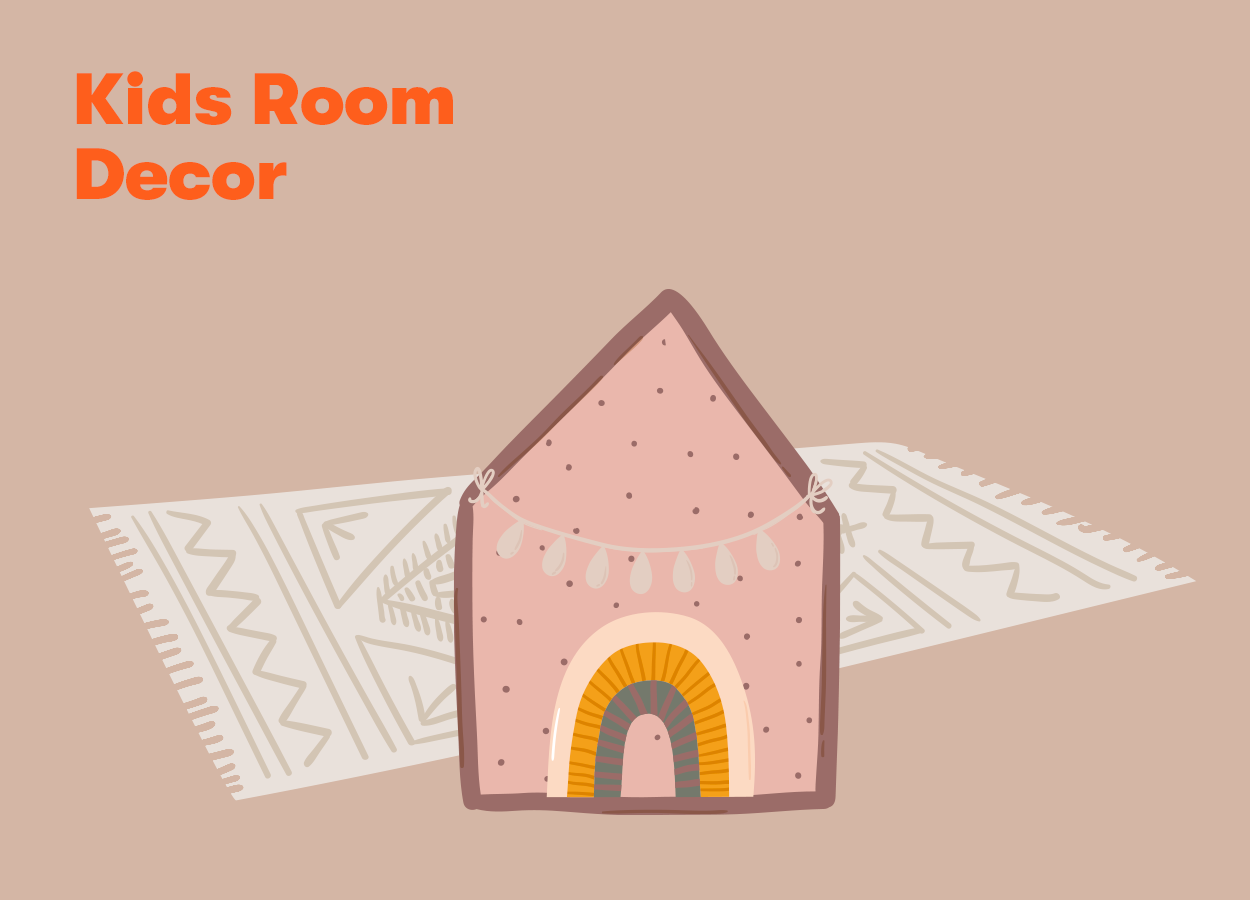
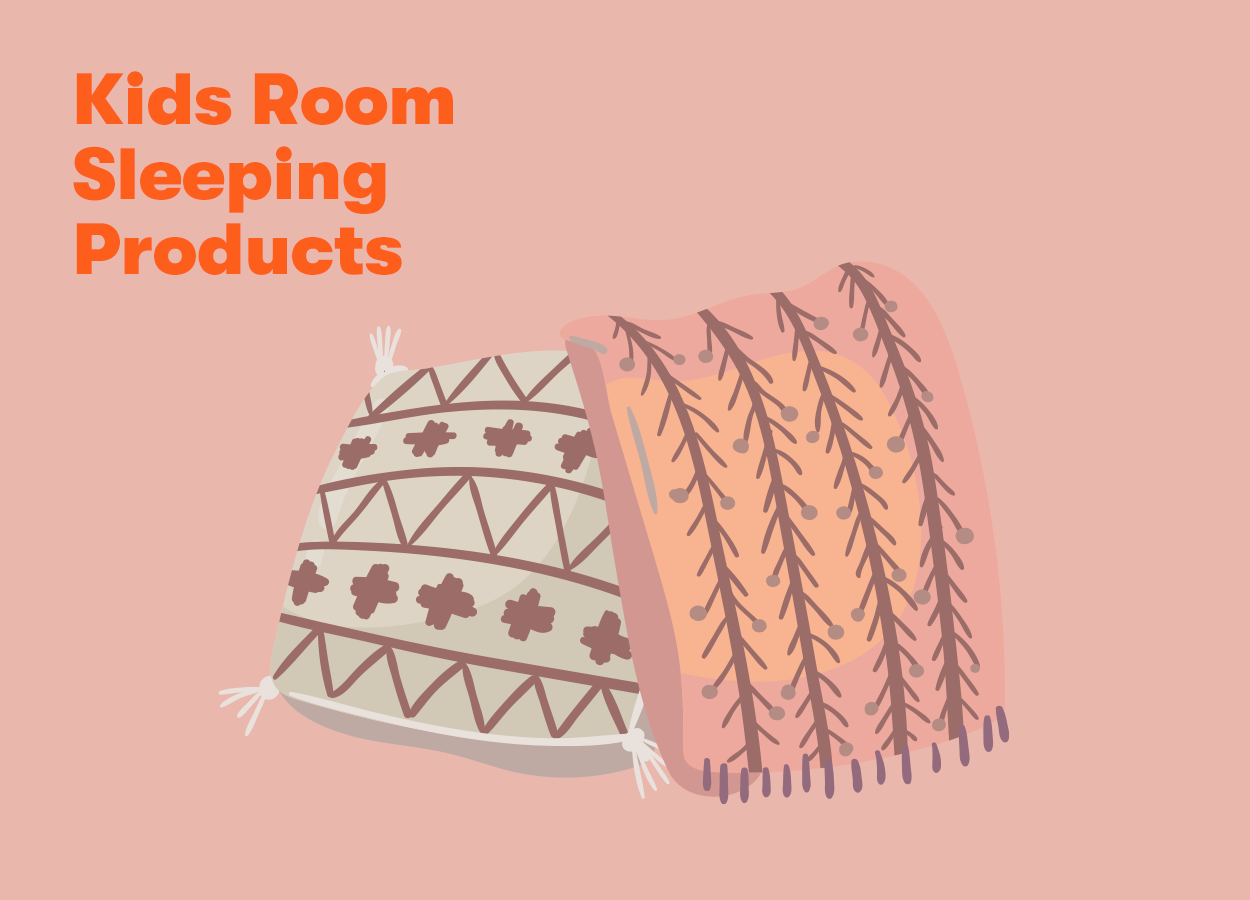
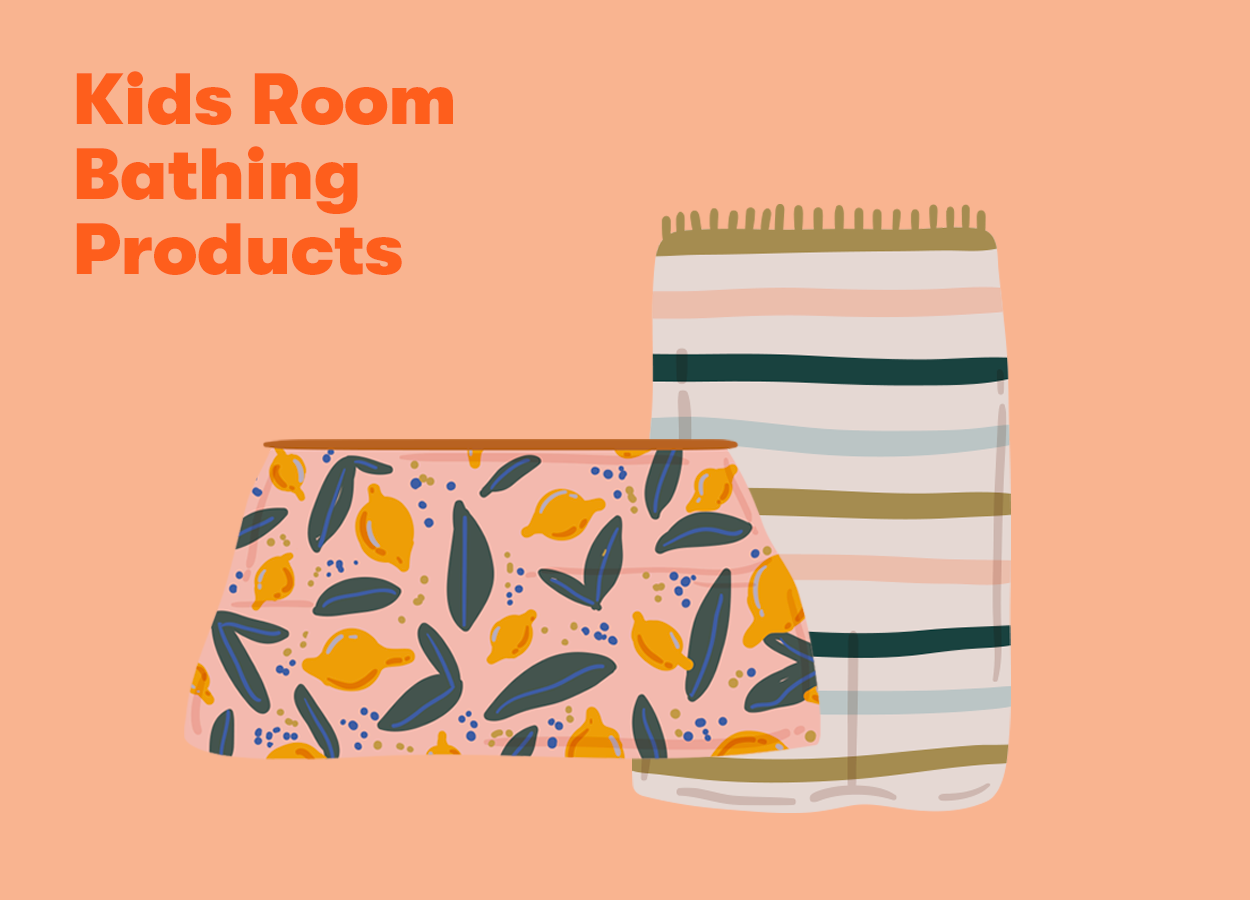
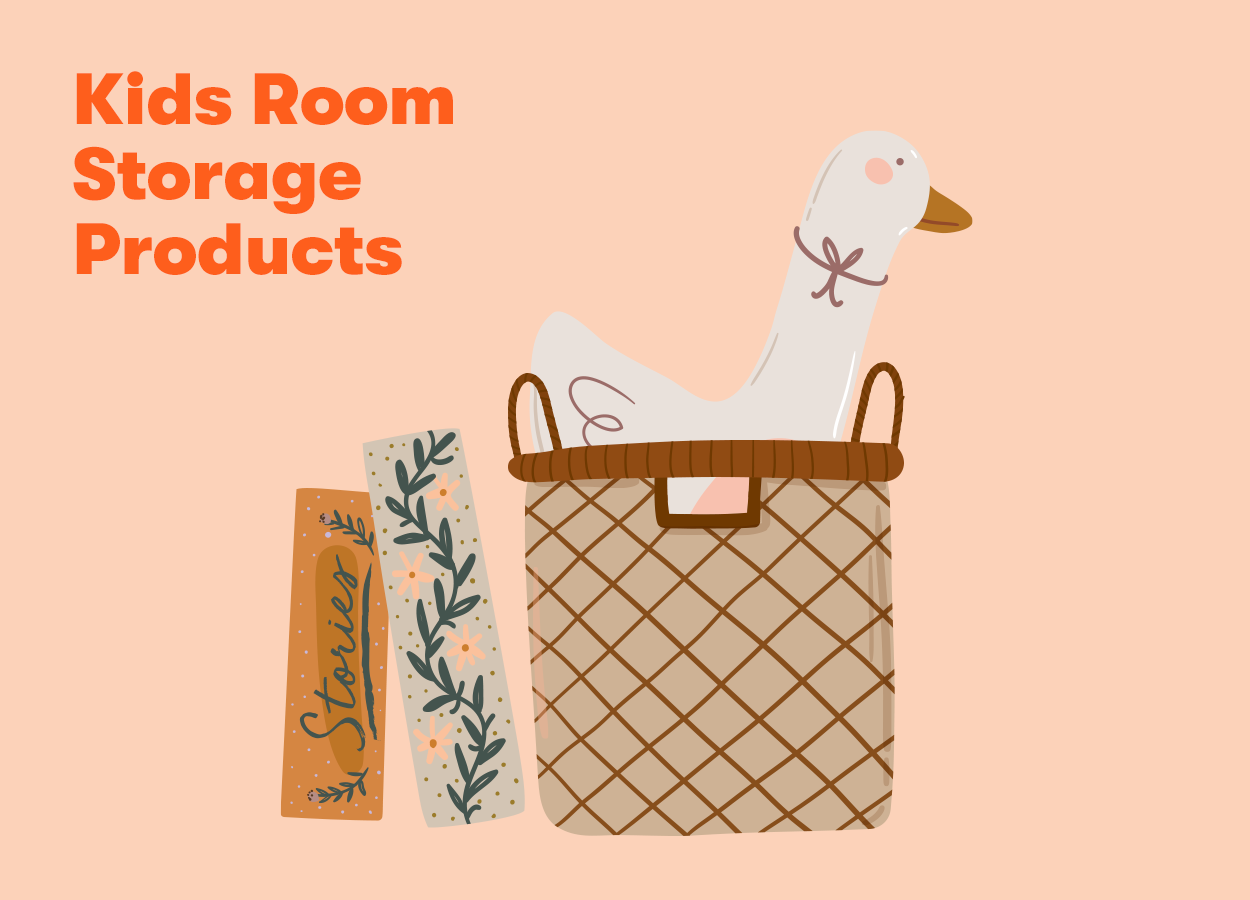

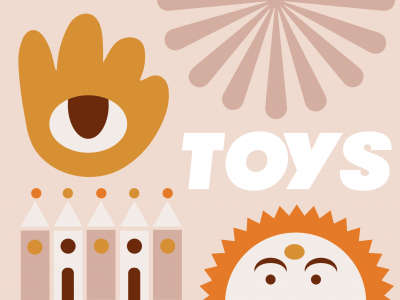
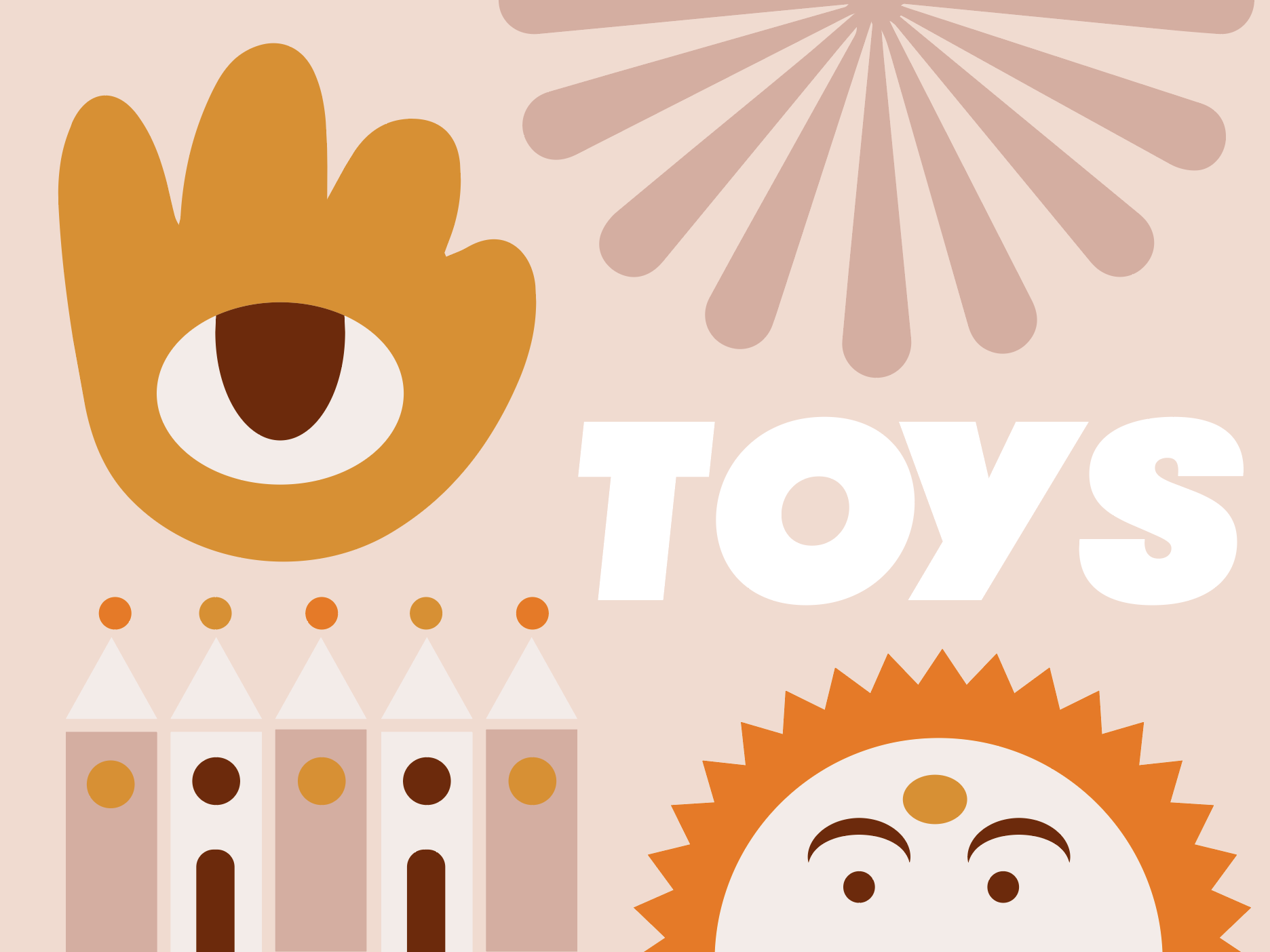
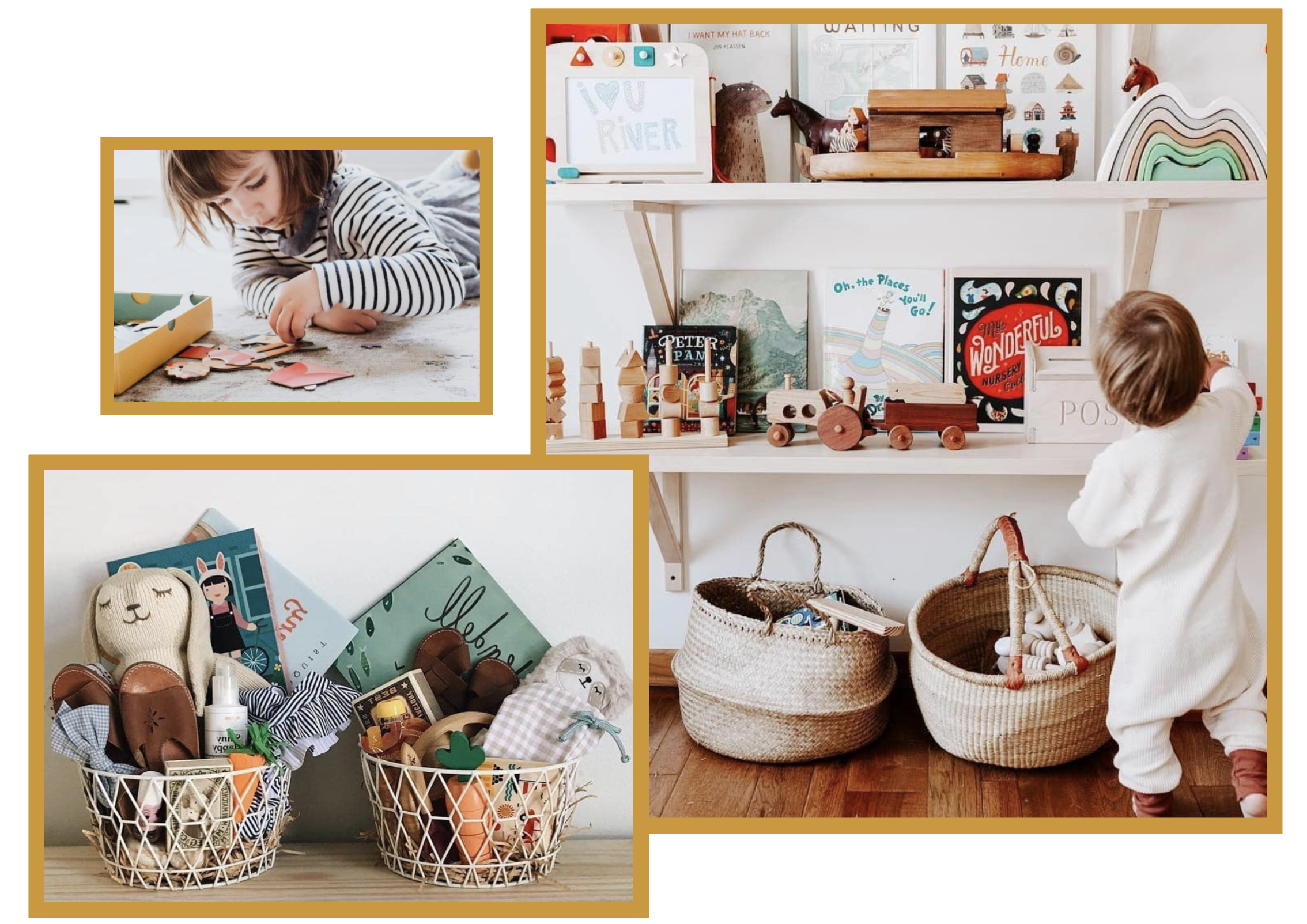
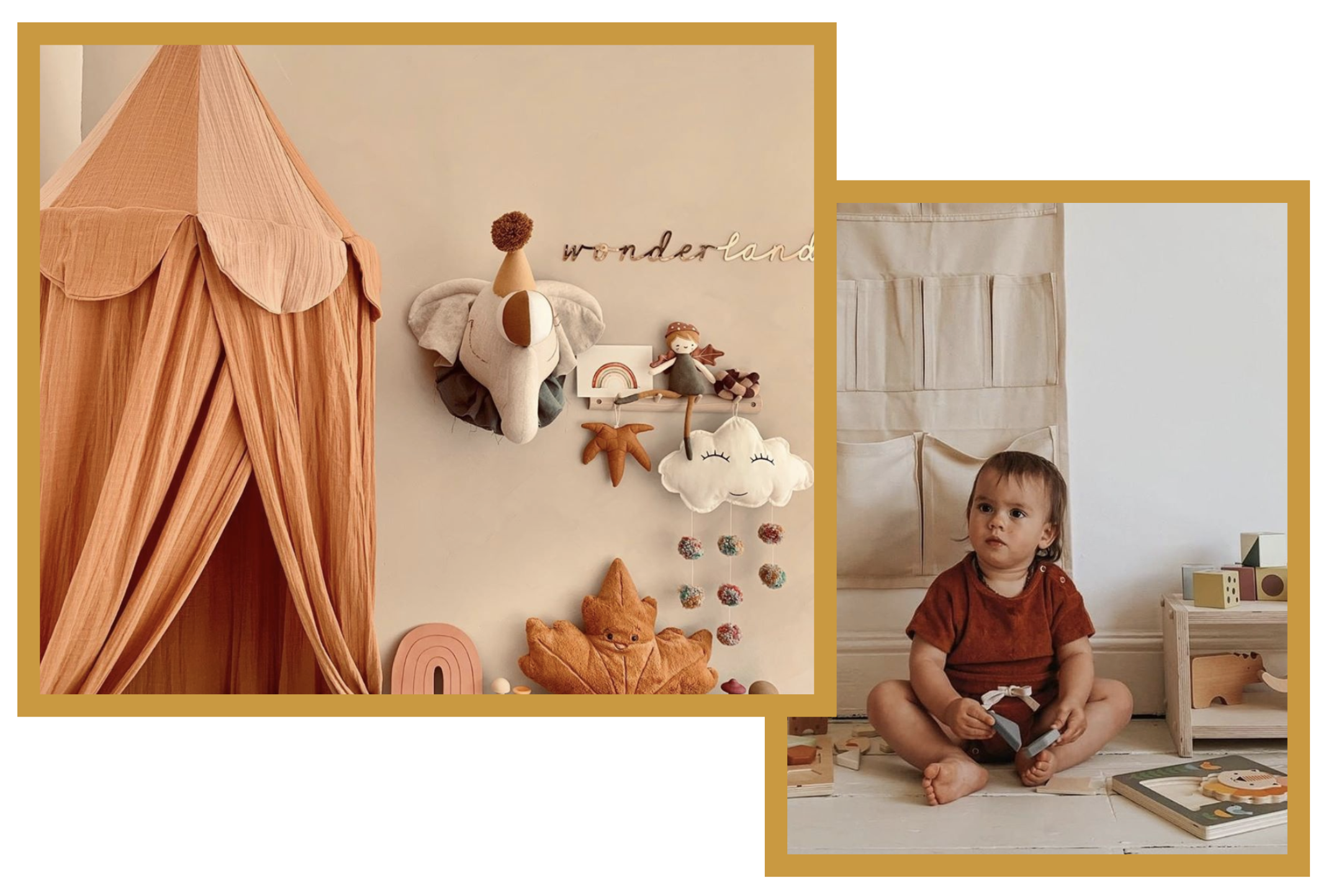
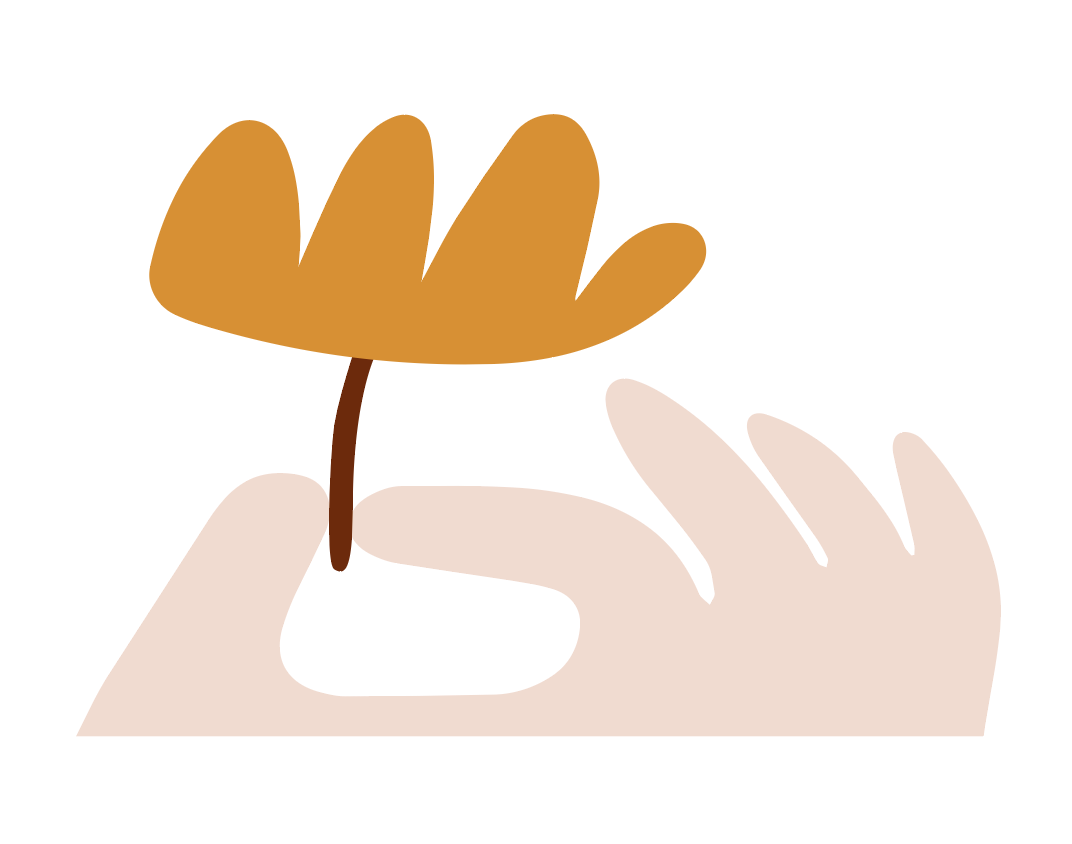
Post comment